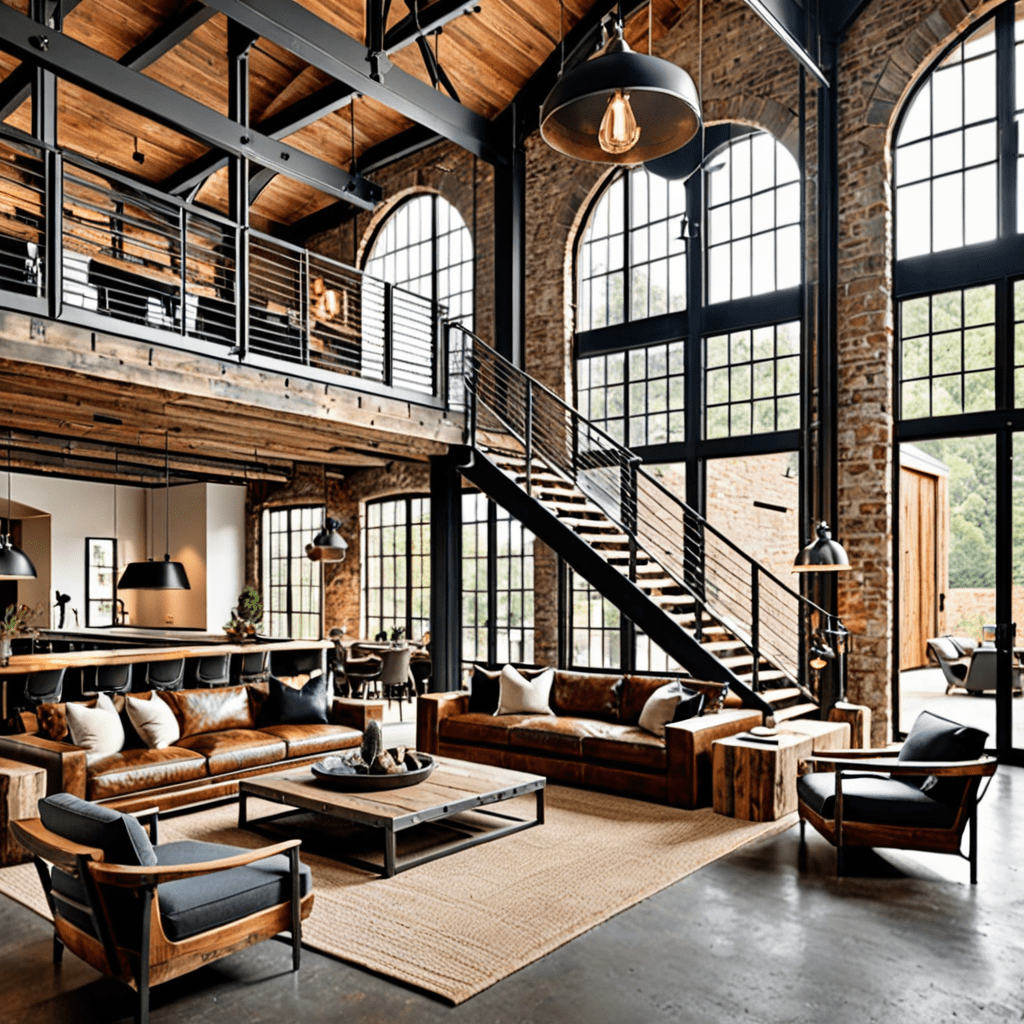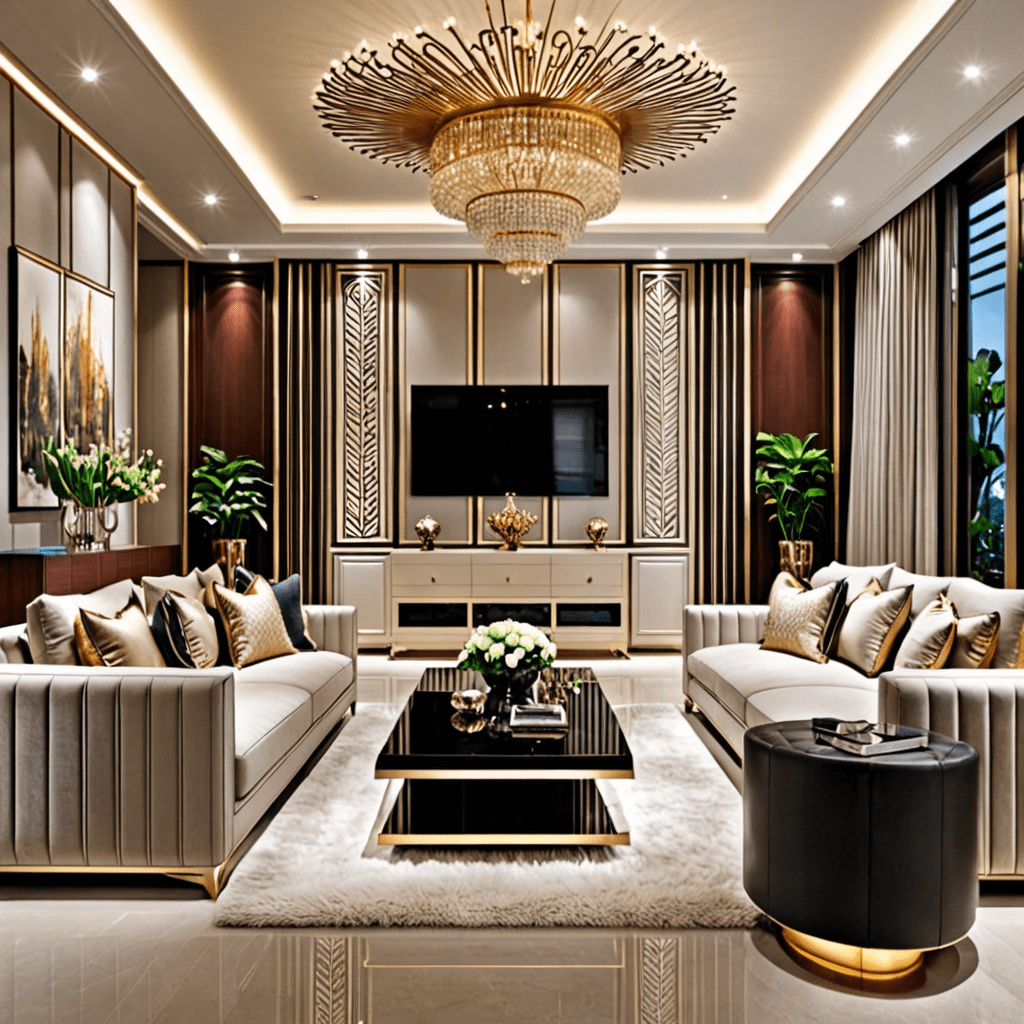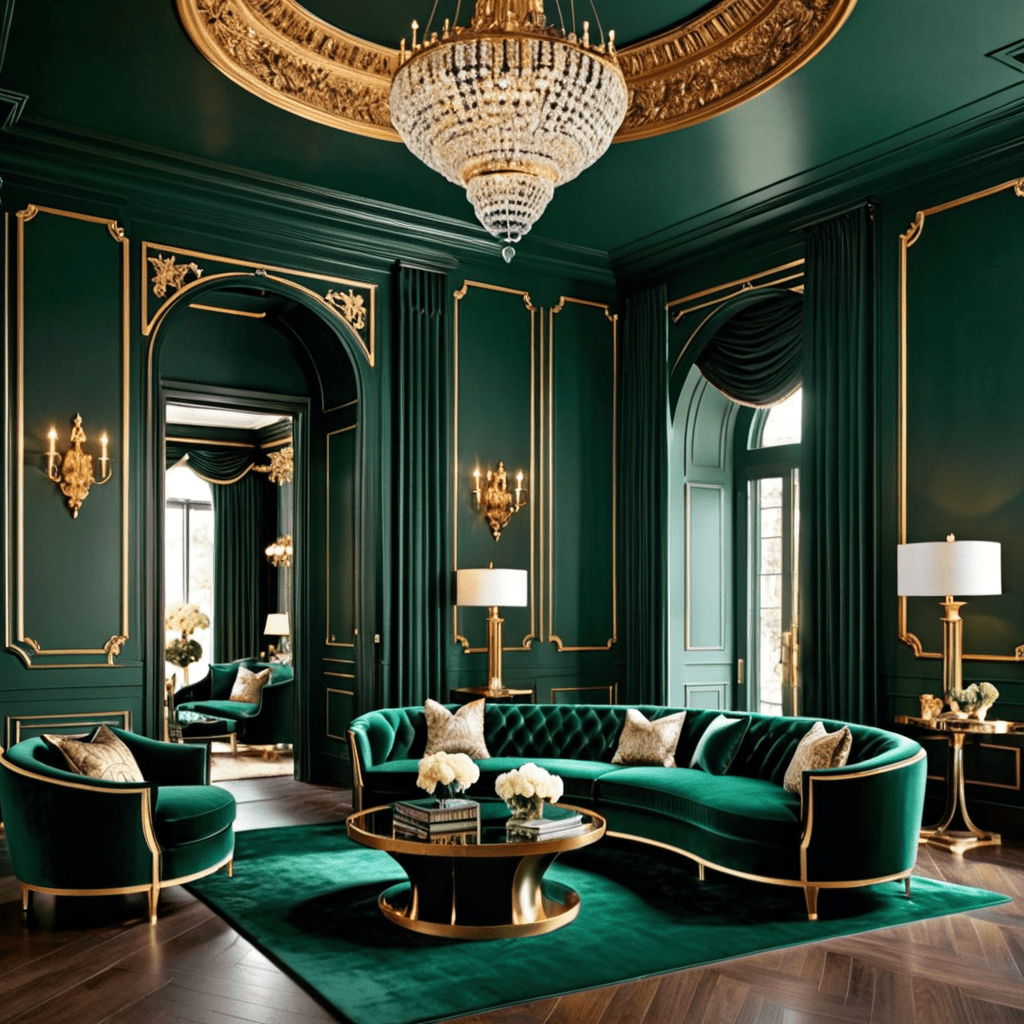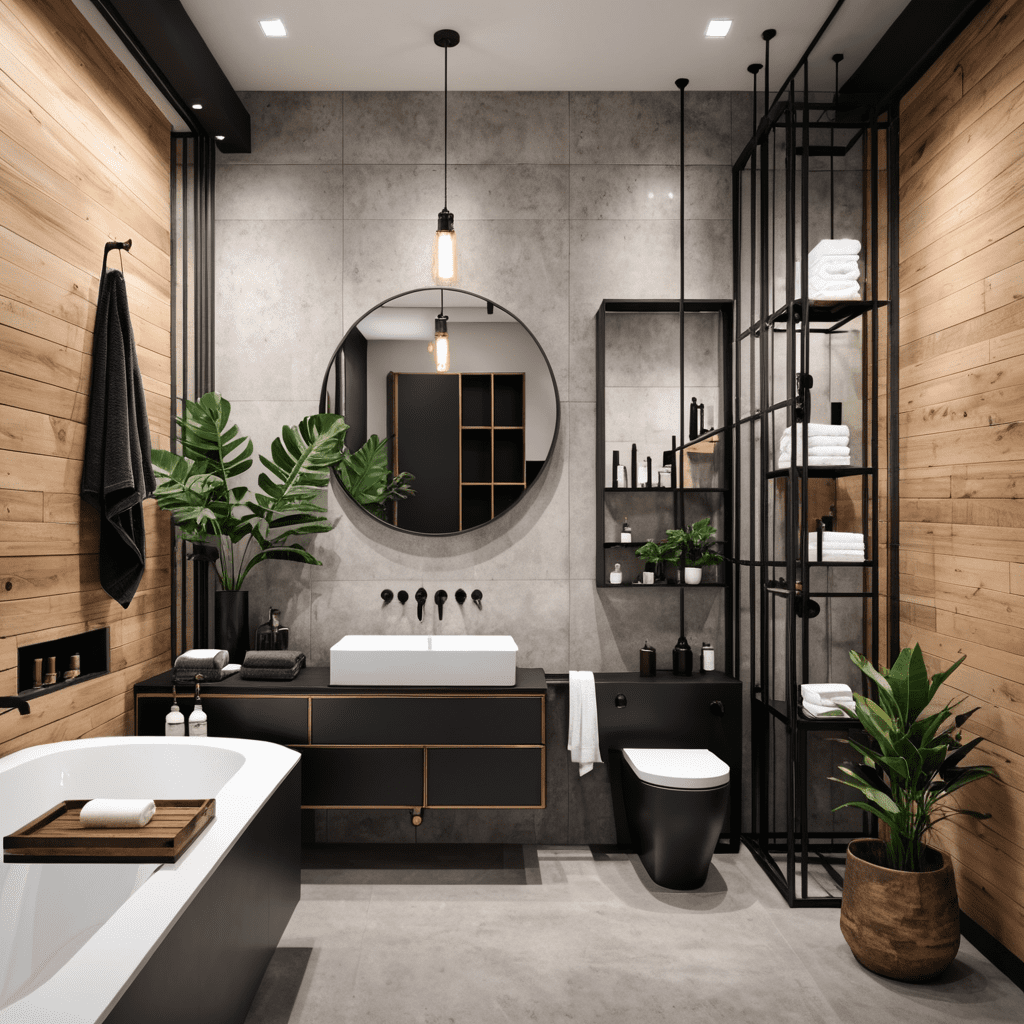Elevated Dining Room Design Ideas
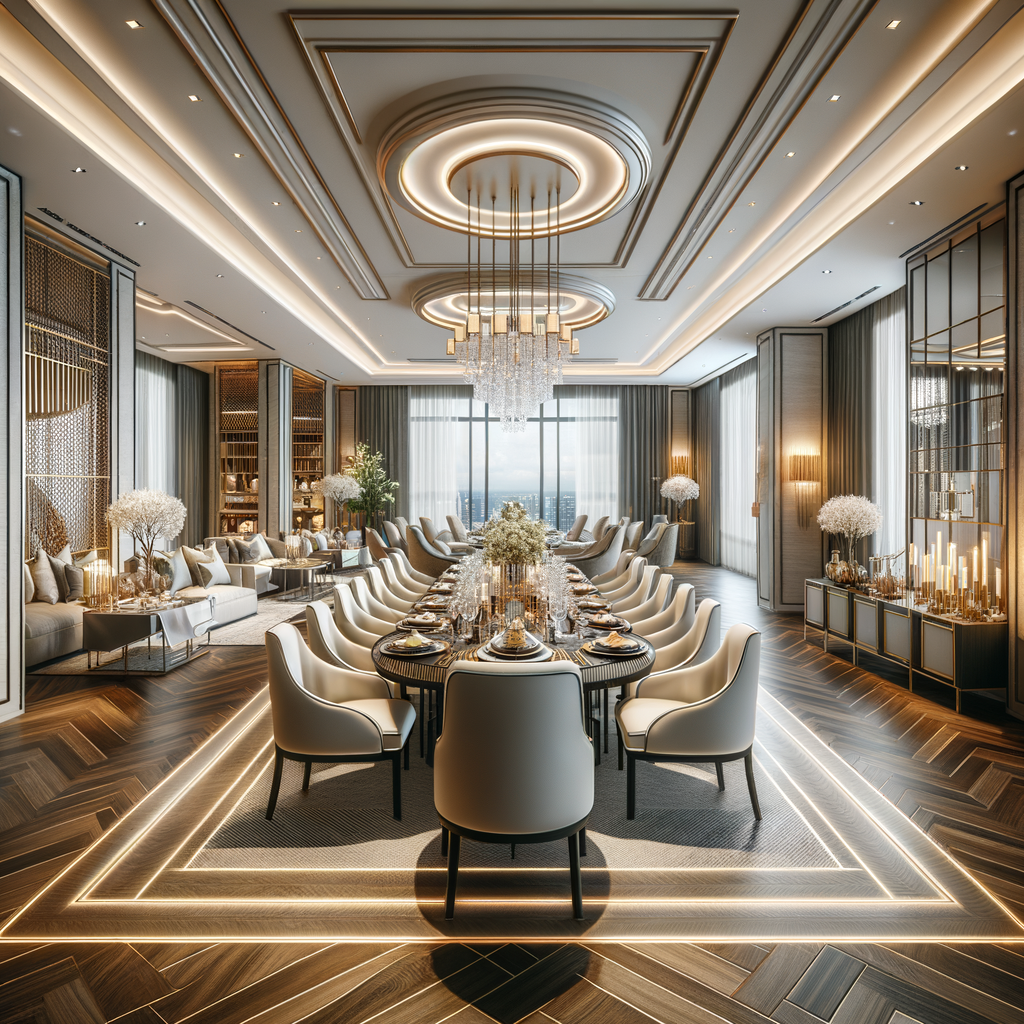

Introduction
Your dining room is not just a place to eat; it’s a space where you can gather with friends and family, celebrate special occasions, and create lasting memories. The design of your dining room plays a crucial role in setting the right ambiance and creating a comfortable and aesthetically pleasing environment. In this article, we will explore some key elements of interior design that can help elevate your dining experience. From color palettes to furniture arrangement, lighting, and accessories, we will provide practical tips to transform your dining room into a space that truly reflects your personal style and enhances your dining experience.
Key Elements
1. Color Palette
The color palette you choose for your dining room sets the mood and creates a sense of harmony in the space. Opt for colors that promote a relaxed and inviting atmosphere, such as warm neutrals or soft pastels. If you want to add a touch of drama, consider using bold, vibrant colors as accent pieces or on a feature wall.
2. Furniture Arrangement
The arrangement of furniture in your dining room can greatly impact the flow and functionality of the space. When positioning your dining table, ensure that it allows enough room for chairs to be comfortably pulled out and for people to move around freely. Consider the size of your dining room and the number of people you typically entertain to determine the appropriate table size. Additionally, choose chairs that are not only visually appealing but also comfortable for extended periods of sitting.
3. Lighting
Proper lighting is essential for creating a warm and inviting atmosphere in your dining room. Incorporate a mix of ambient, task, and accent lighting to achieve the desired effect. Install a chandelier or pendant light above the dining table to serve as a focal point and provide adequate illumination for meals. Add wall sconces or table lamps to create a cozy ambiance during evening gatherings.
4. Accessories
Accessorizing your dining room is an opportunity to showcase your personal style and add character to the space. Consider incorporating elements such as artwork, plants, or decorative objects that reflect your taste and create visual interest. Additionally, add a statement centerpiece to your dining table, such as a vase of fresh flowers or a decorative bowl filled with seasonal fruits.
Tips for Choosing Furniture
When selecting furniture for your dining room, it’s important to consider factors such as size, style, and functionality. Here are some tips to guide you in making the right choices:
- Measure the Space: Before purchasing any furniture, measure the dimensions of your dining room to ensure that the pieces you choose fit proportionally in the space.
Consider Your Lifestyle: Think about how you use your dining room. If you frequently entertain large groups, opt for a table with extension leaves or a modular design that can accommodate more guests.
Choose a Style: Determine the overall style you want to achieve in your dining room. Whether it’s modern, traditional, or eclectic, select furniture pieces that align with your chosen aesthetic.
Prioritize Comfort: Since dining rooms are often used for extended periods, prioritize comfort when selecting chairs. Look for options with plush cushions or ergonomic designs.
Mix and Match: Don’t be afraid to mix and match different furniture styles or materials. Combining different pieces can add visual interest and create a unique, personalized look.
Consider Storage: If you have limited storage space, choose furniture pieces that offer built-in storage solutions, such as sideboards or buffets, to keep your dining essentials organized.
Incorporating Art and Decor
Artwork and decor are essential elements in elevating the ambiance of your dining room. Here are some ideas to help you incorporate art and decor effectively:
- Choose Meaningful Art: Select artwork that resonates with you personally and complements the overall design of your dining room. Consider pieces that evoke emotions or tell a story.
Create a Gallery Wall: If you have a collection of smaller art pieces, create a gallery wall to display them as a cohesive group. Experiment with different arrangements and frame styles to add visual interest.
Add Mirrors: Mirrors not only create the illusion of a larger space but also reflect light, making your dining room appear brighter and more inviting. Place a mirror strategically on a wall or above a sideboard.
Incorporate Textiles: Introduce textiles such as curtains, table linens, or throw pillows to add texture and color to your dining room. Consider patterns and textures that complement the overall design scheme.
Accessorize with Plants: Bring nature indoors by incorporating plants into your dining room decor. Choose low-maintenance varieties that thrive in indoor environments and place them on windowsills or as a centerpiece.
By paying attention to these key elements of interior design and following the tips provided, you can create an elevated dining room that enhances your dining experience and leaves a lasting impression on your guests. Remember, the most important aspect of any interior design is to make it uniquely yours and a true reflection of your personal style and taste. Happy decorating!
